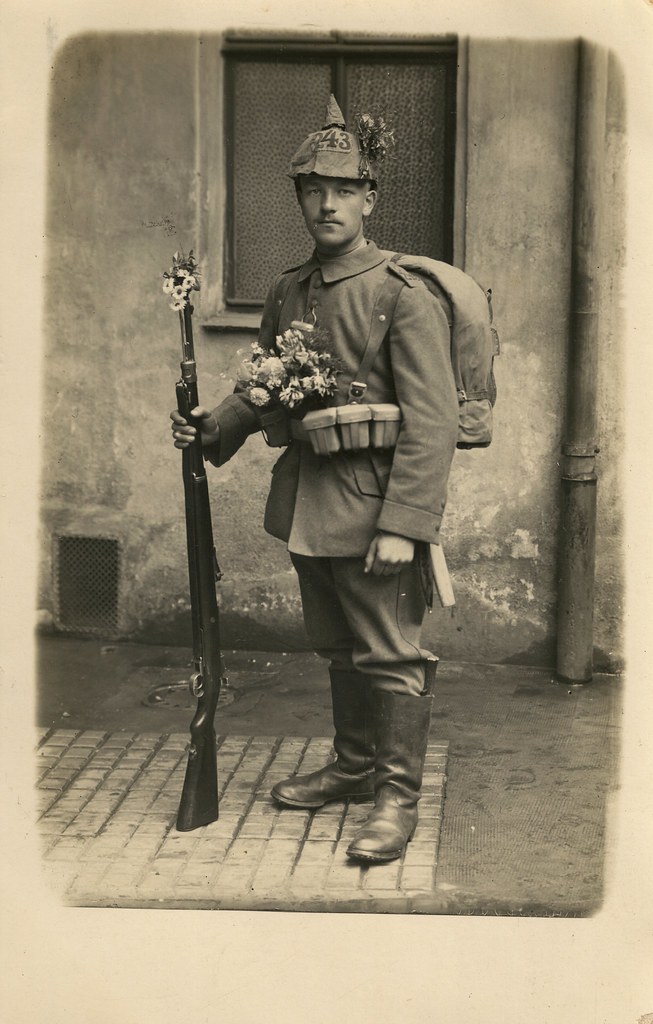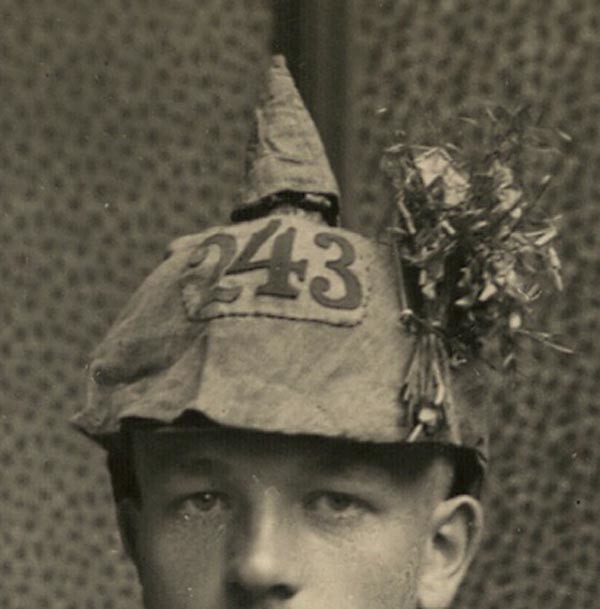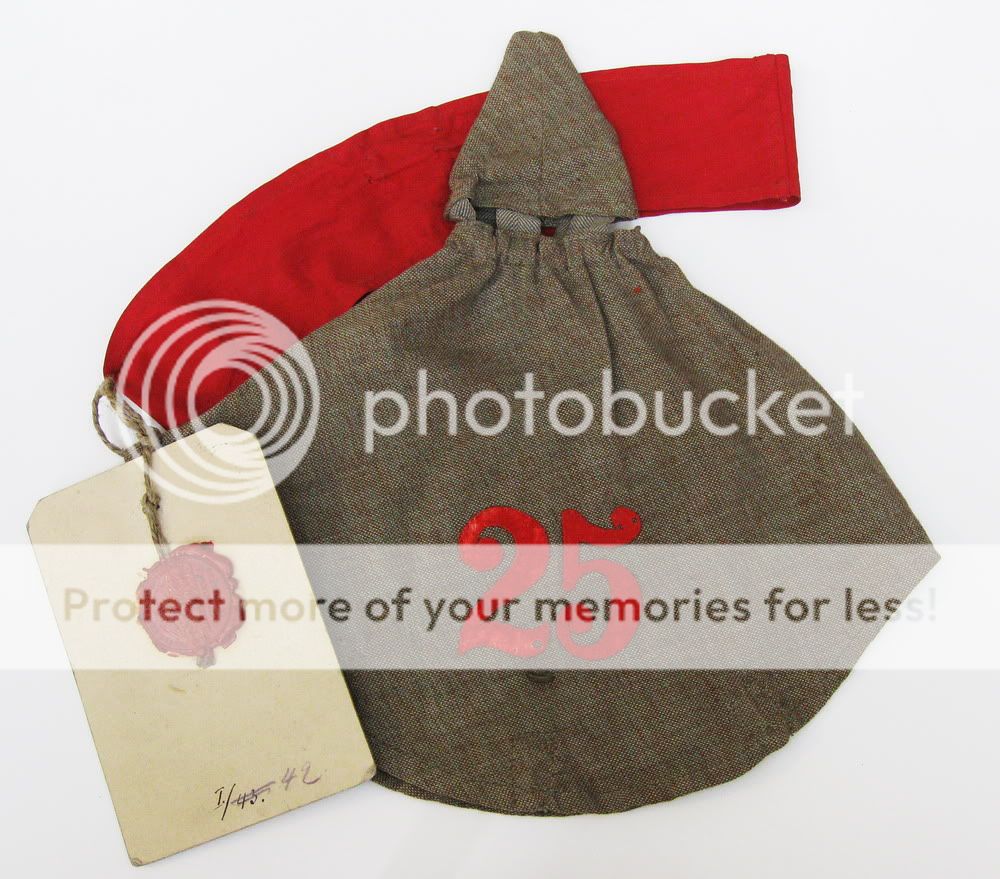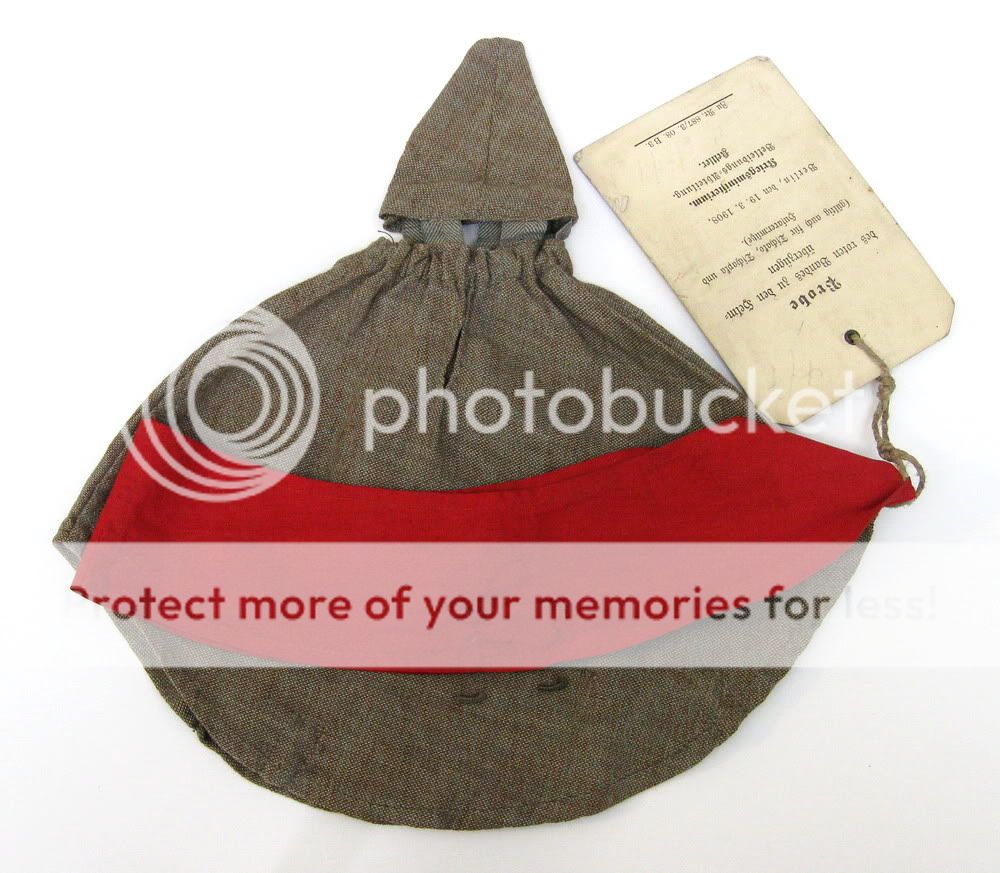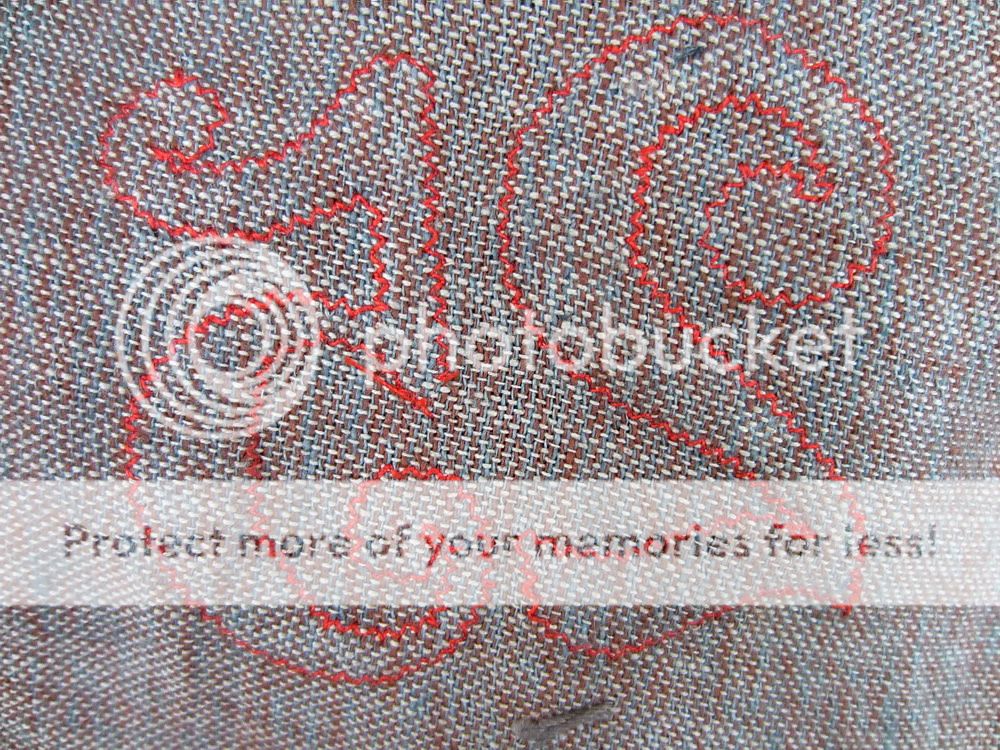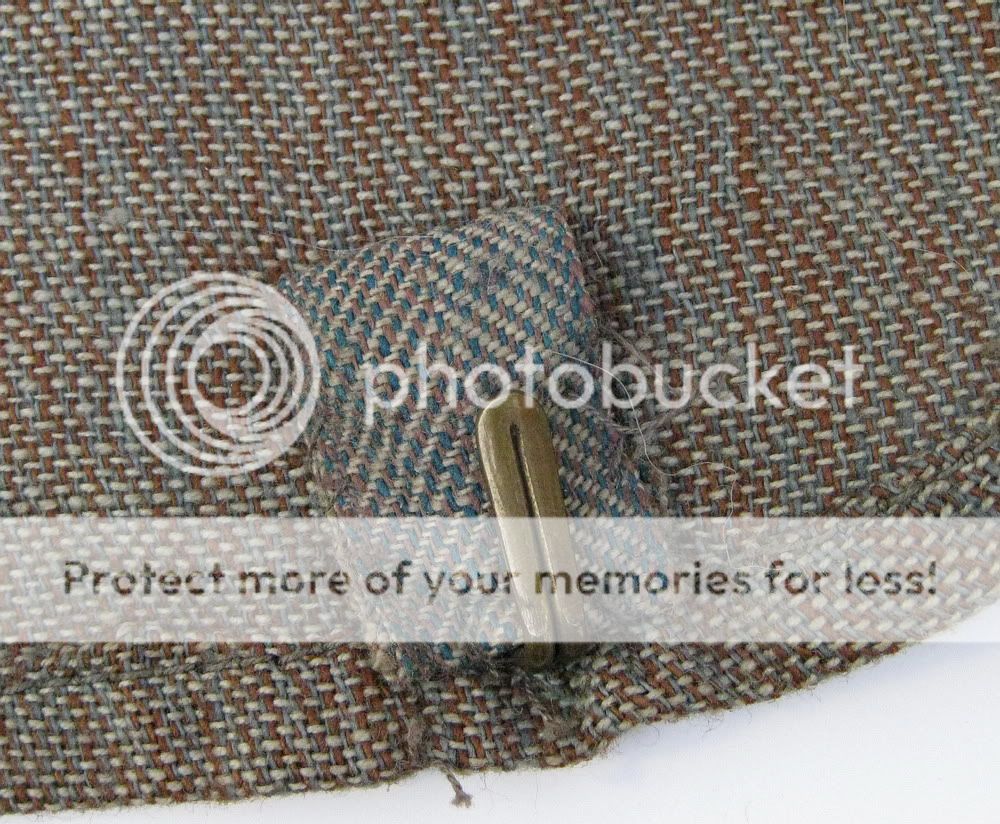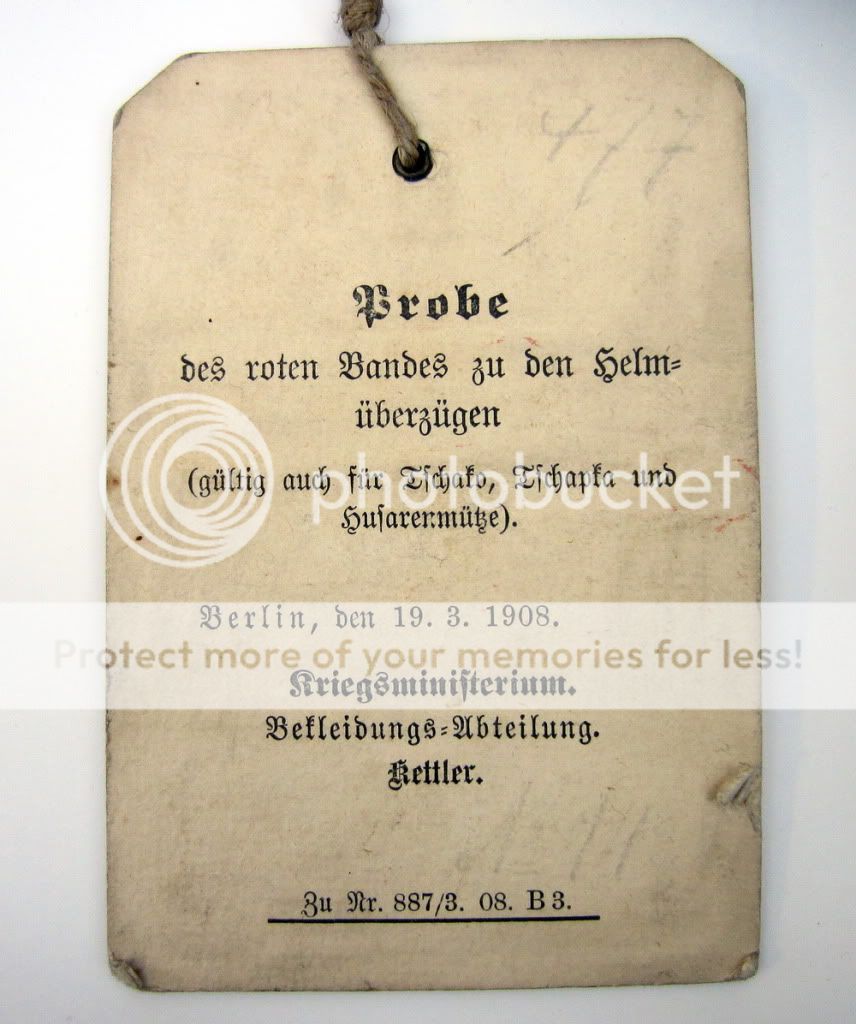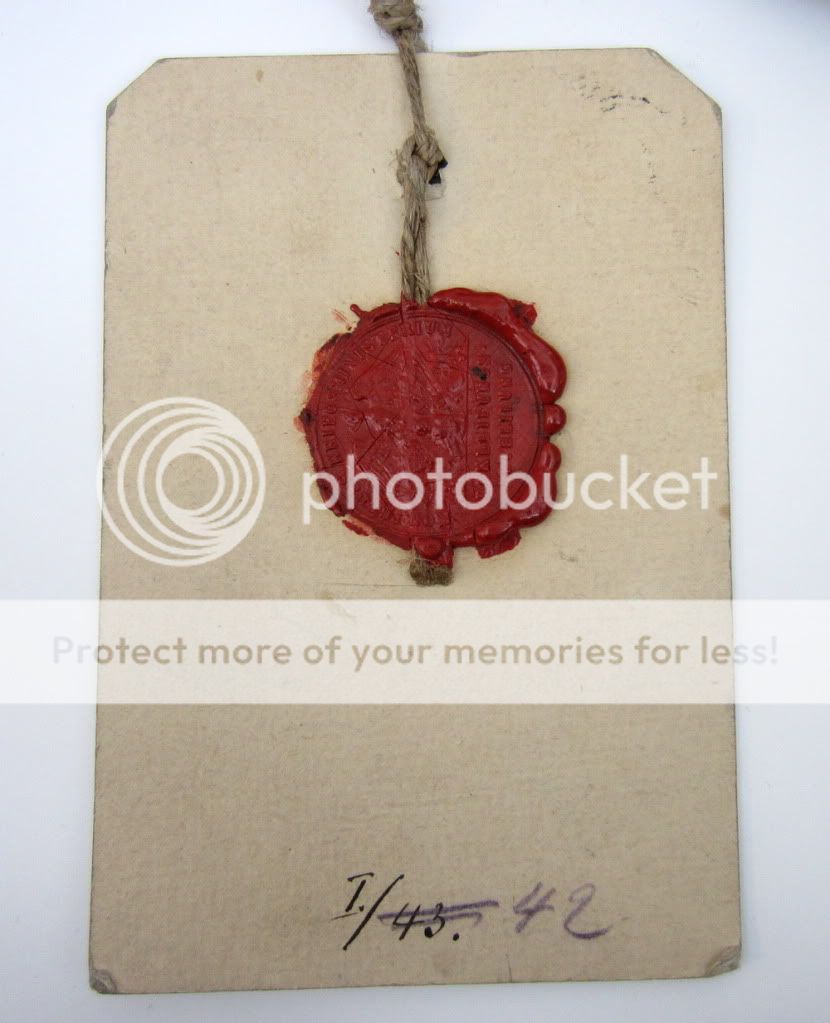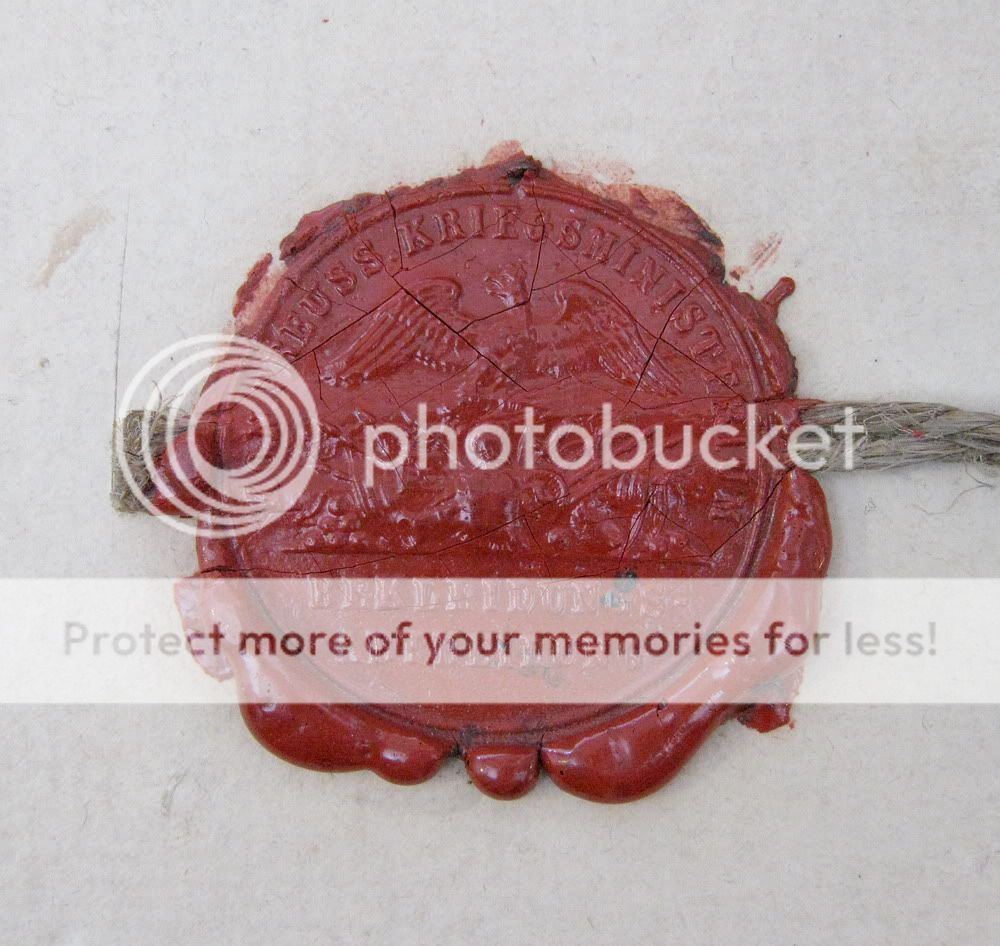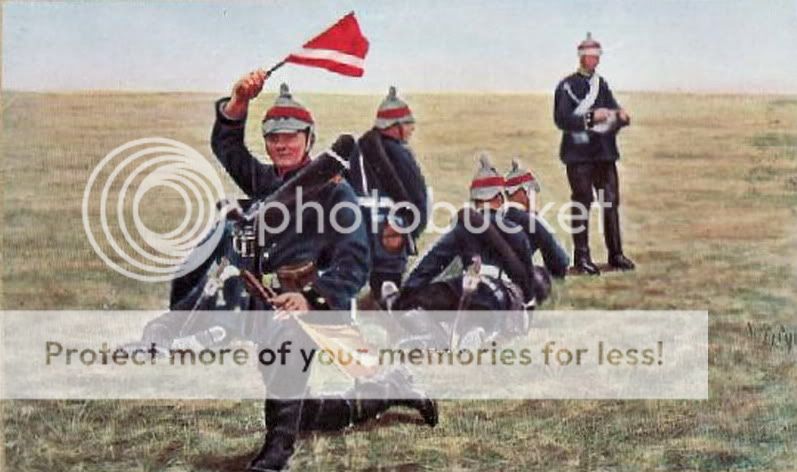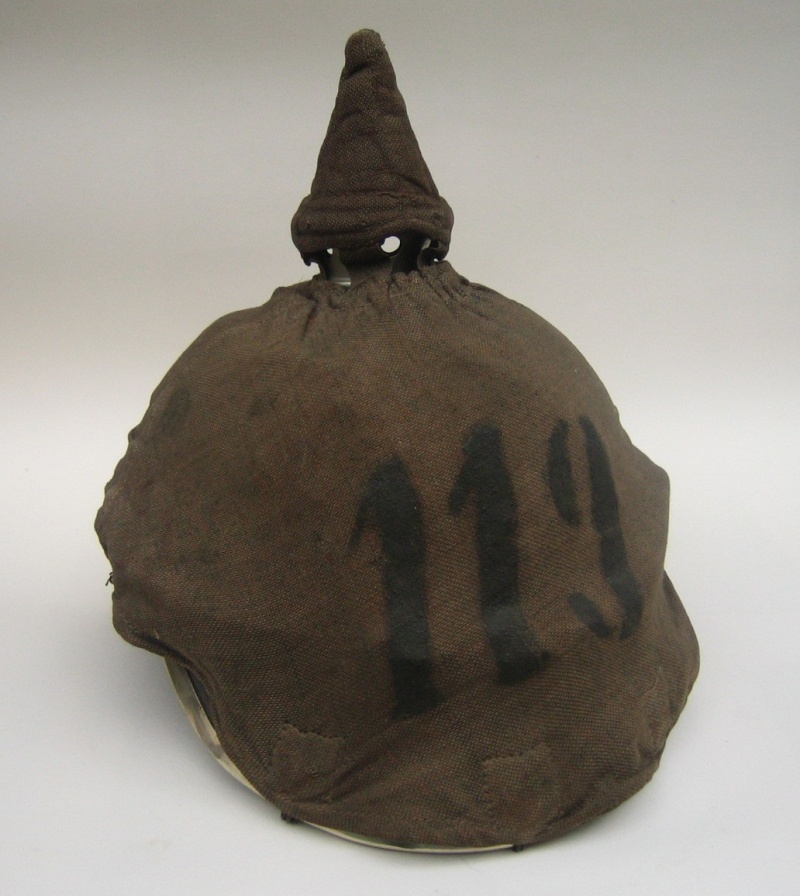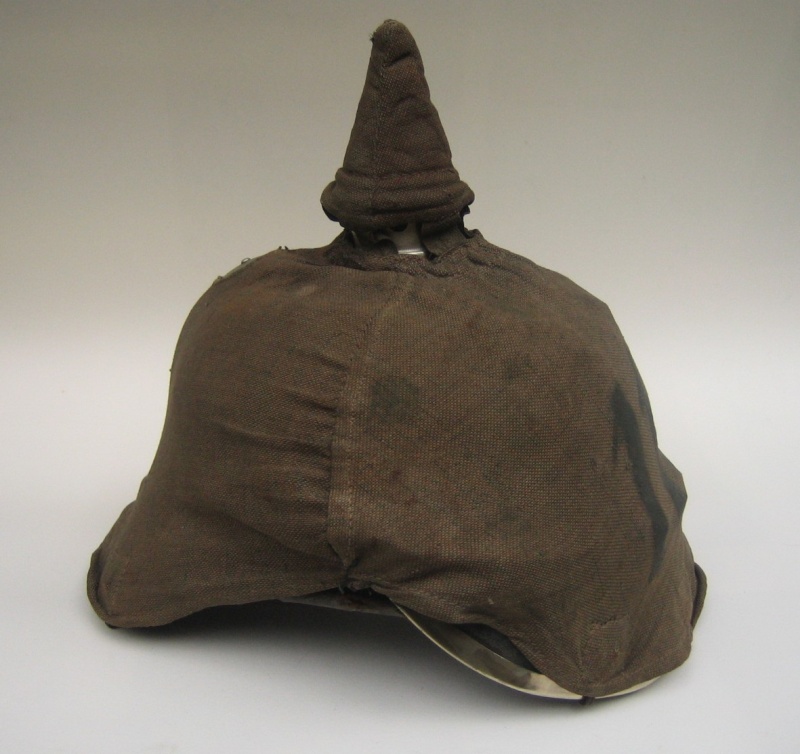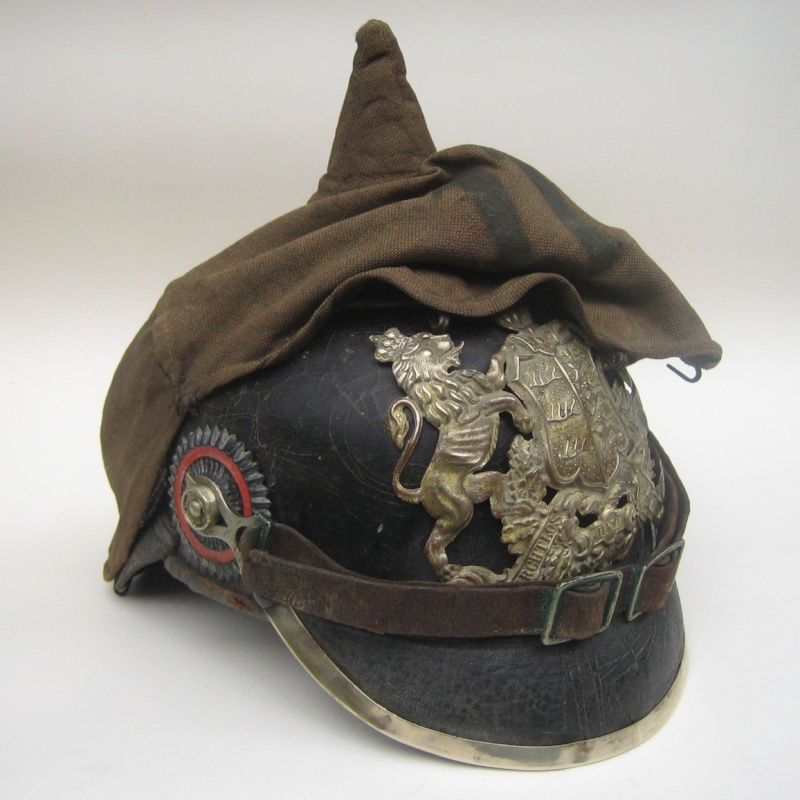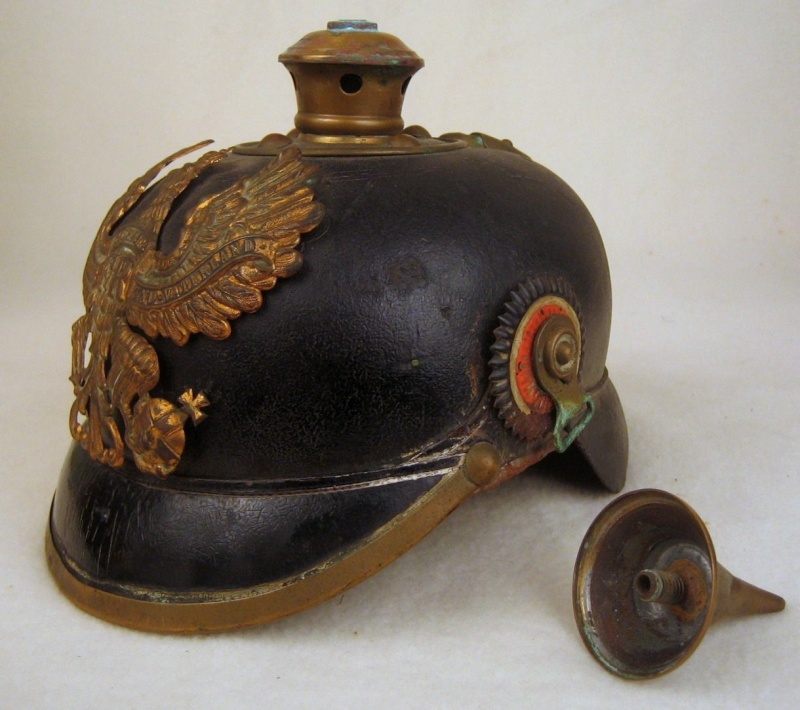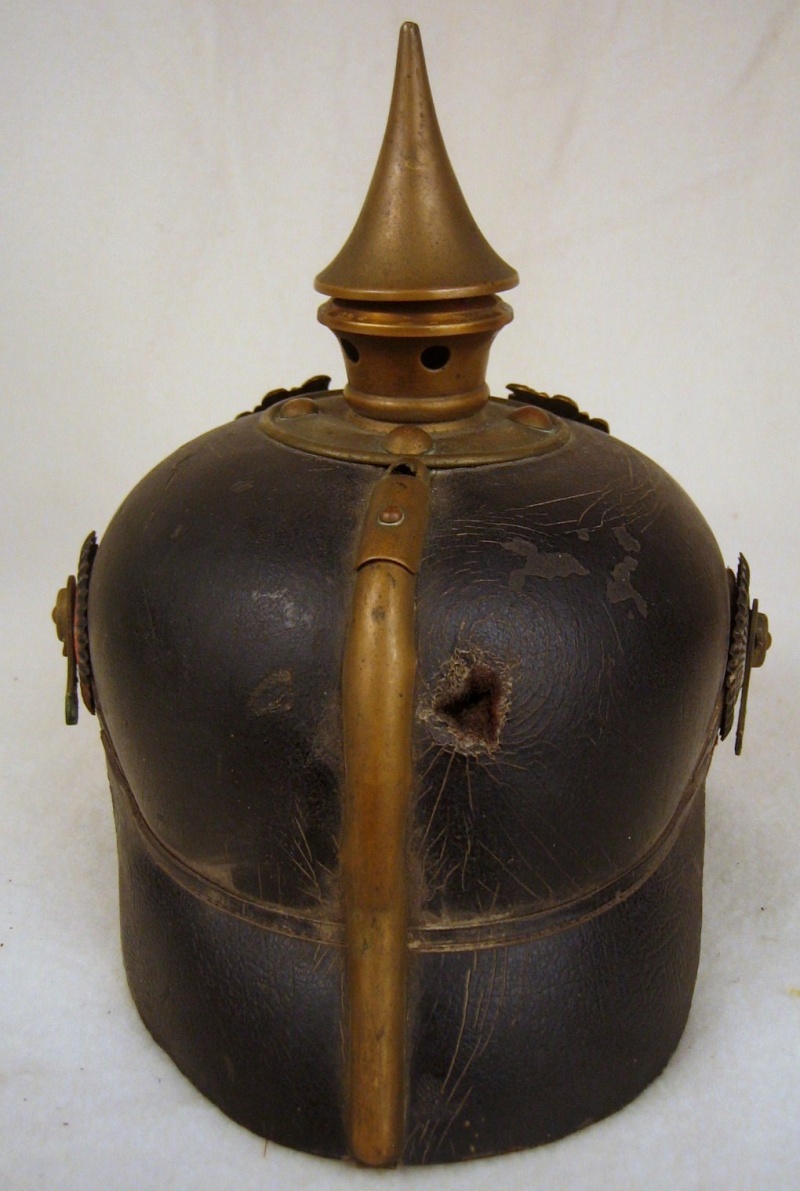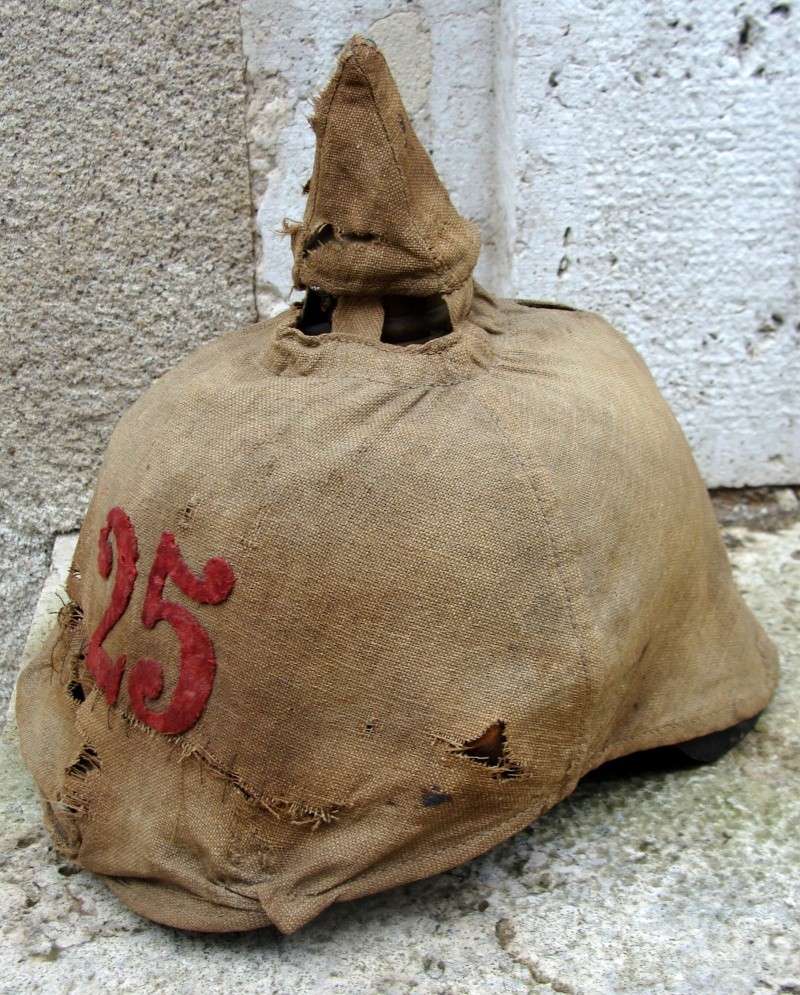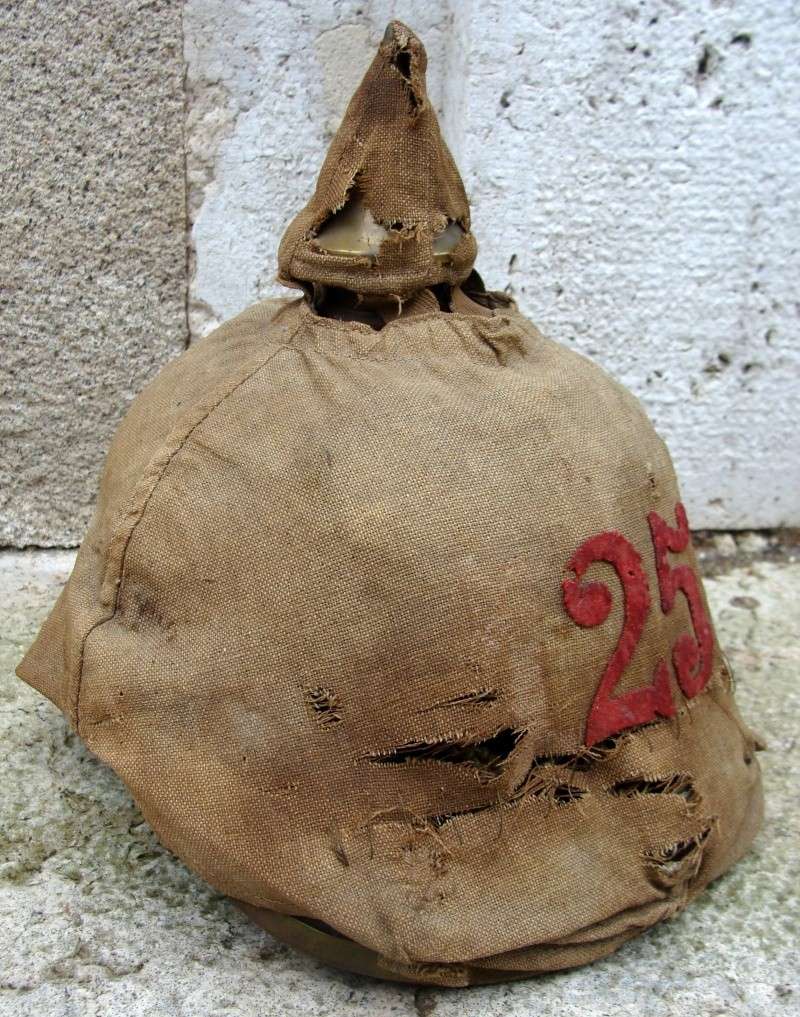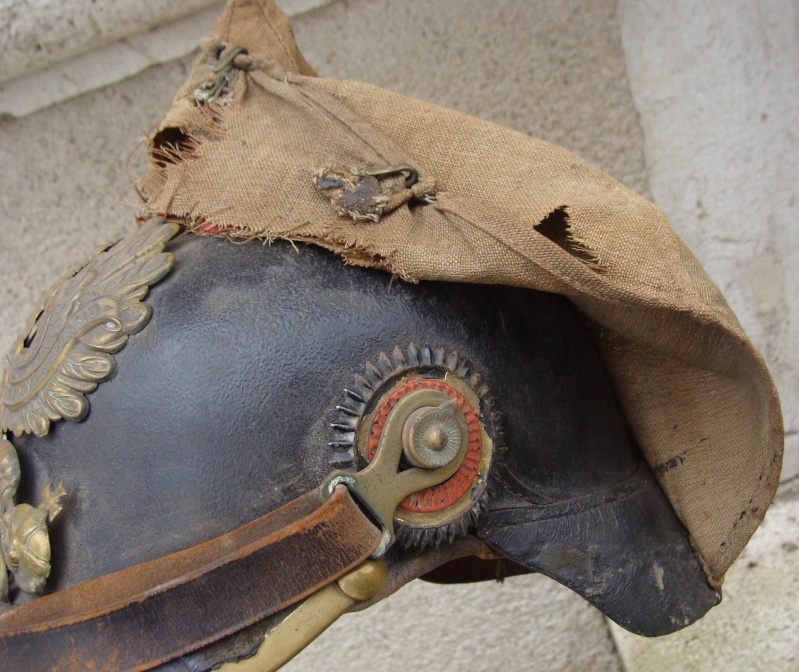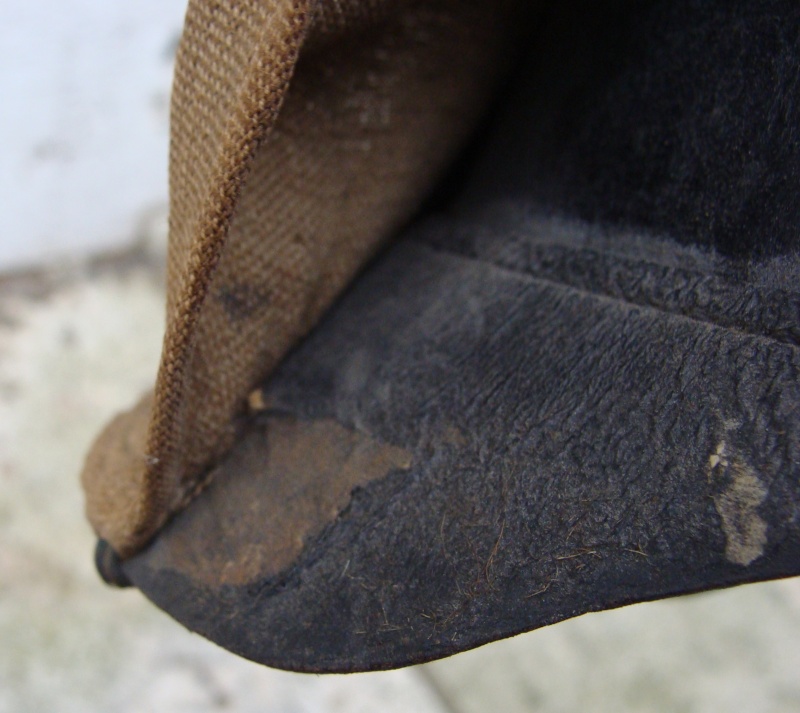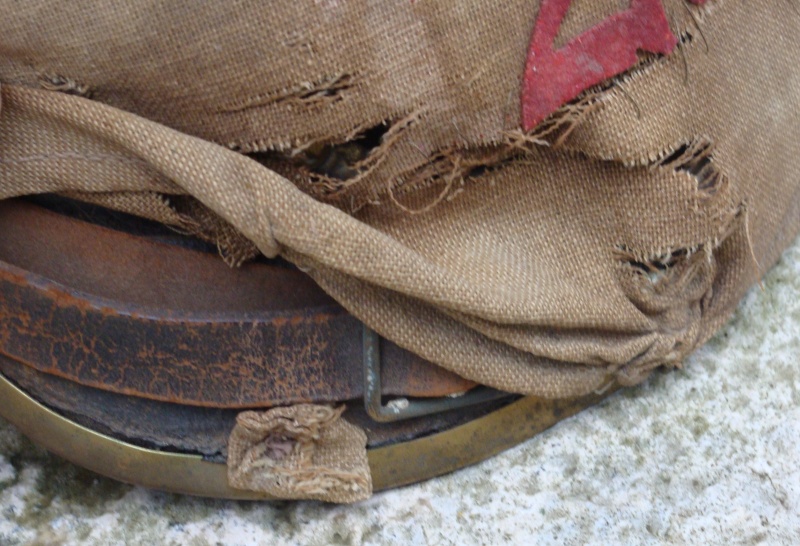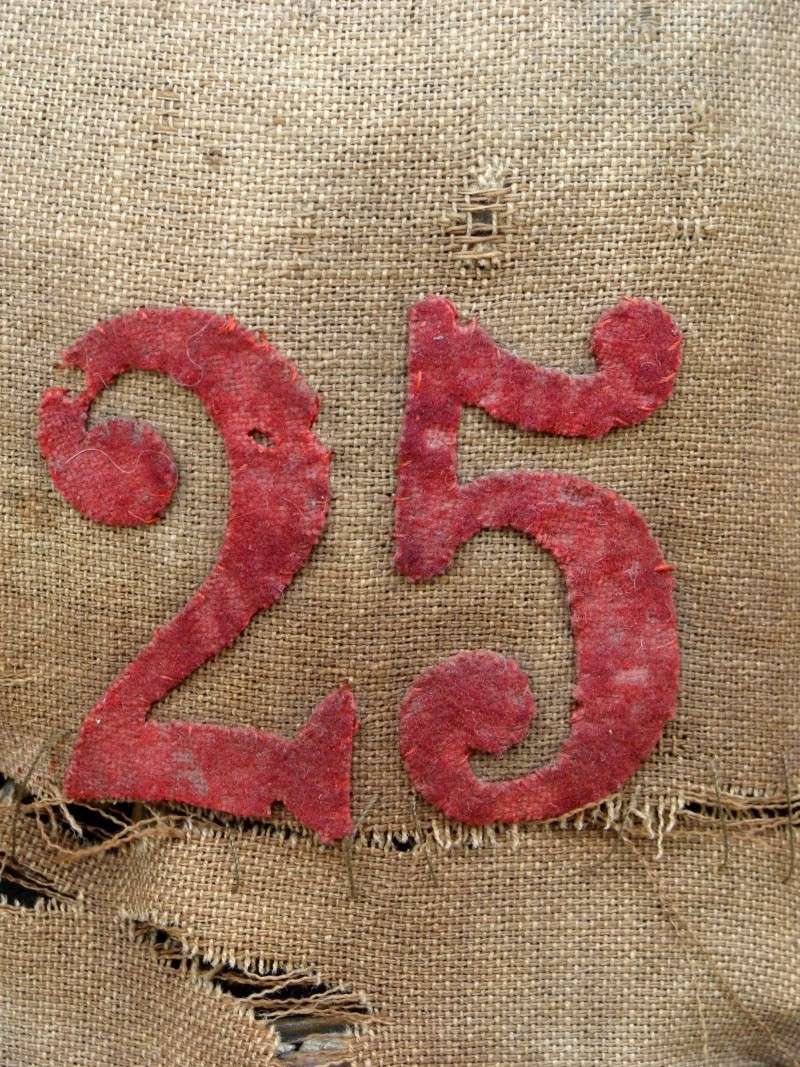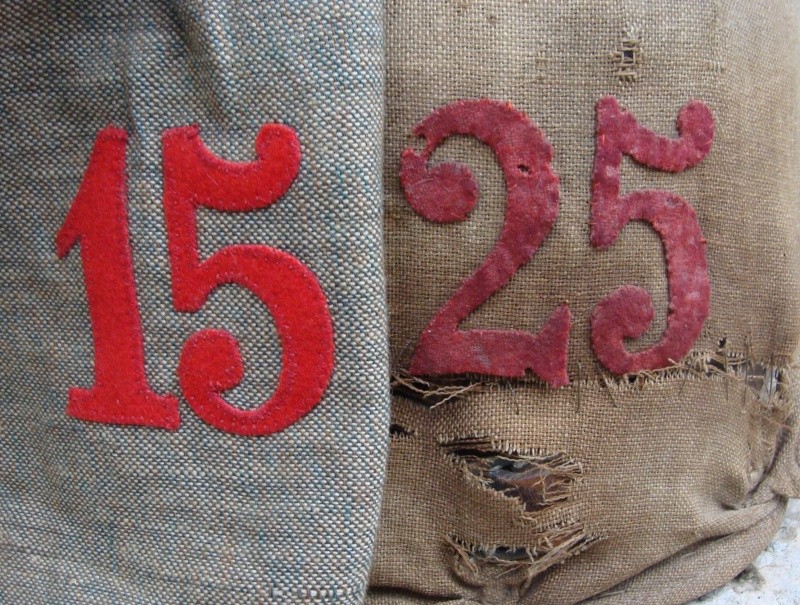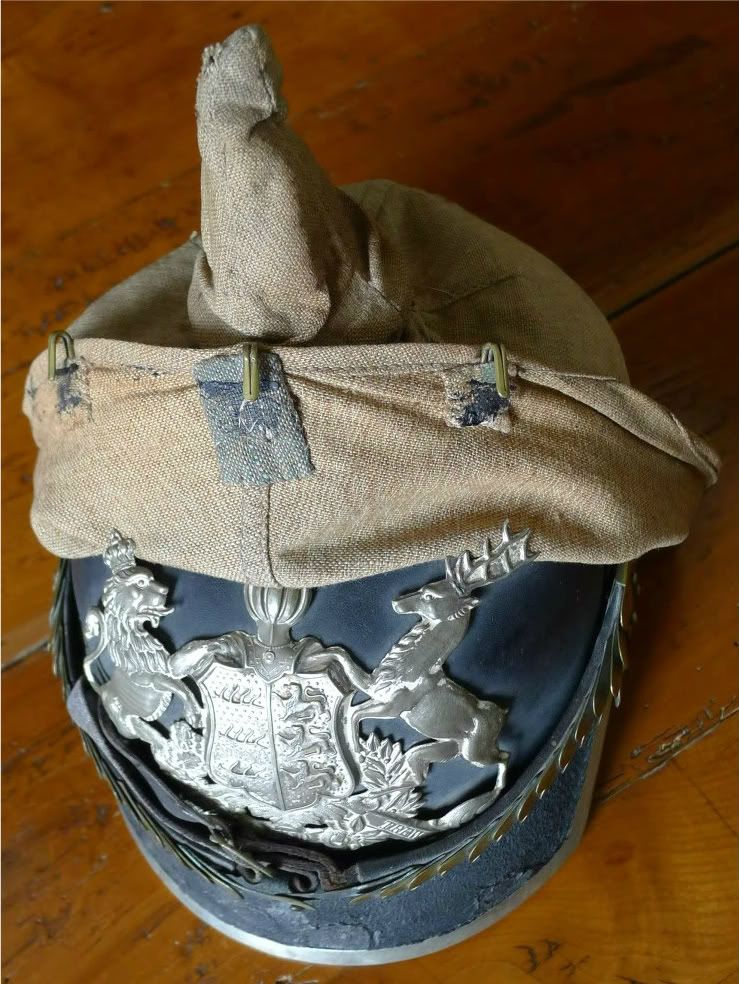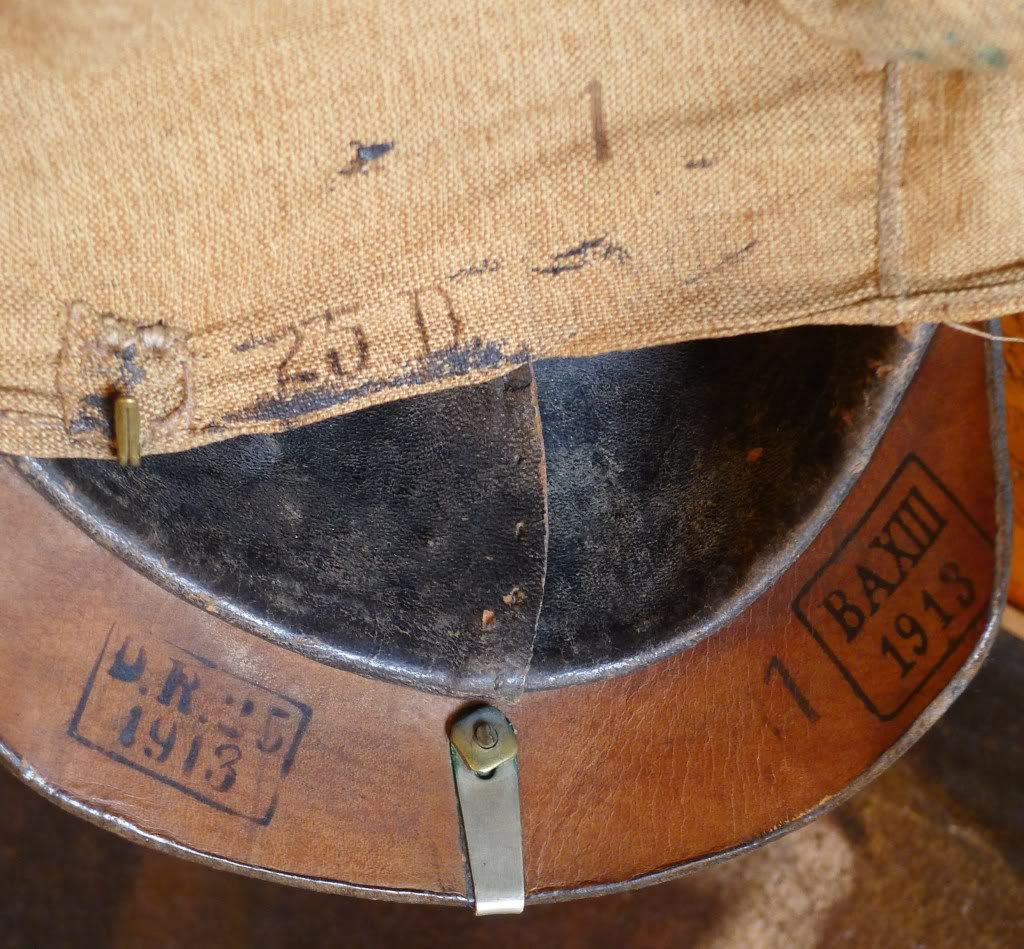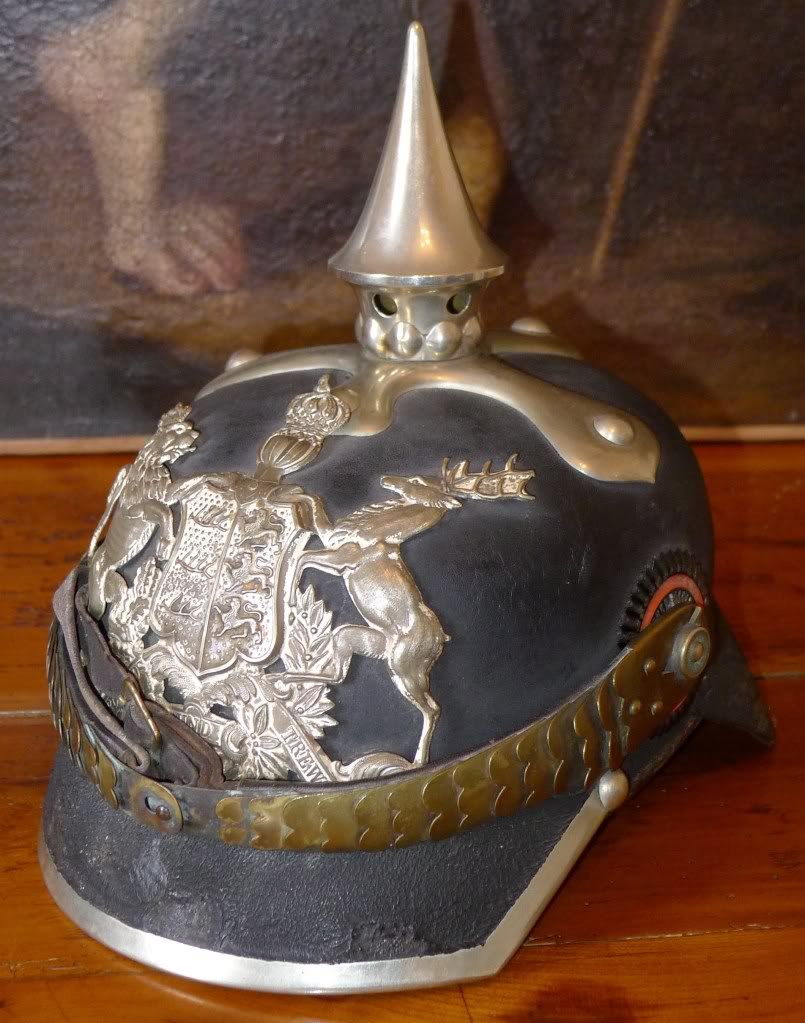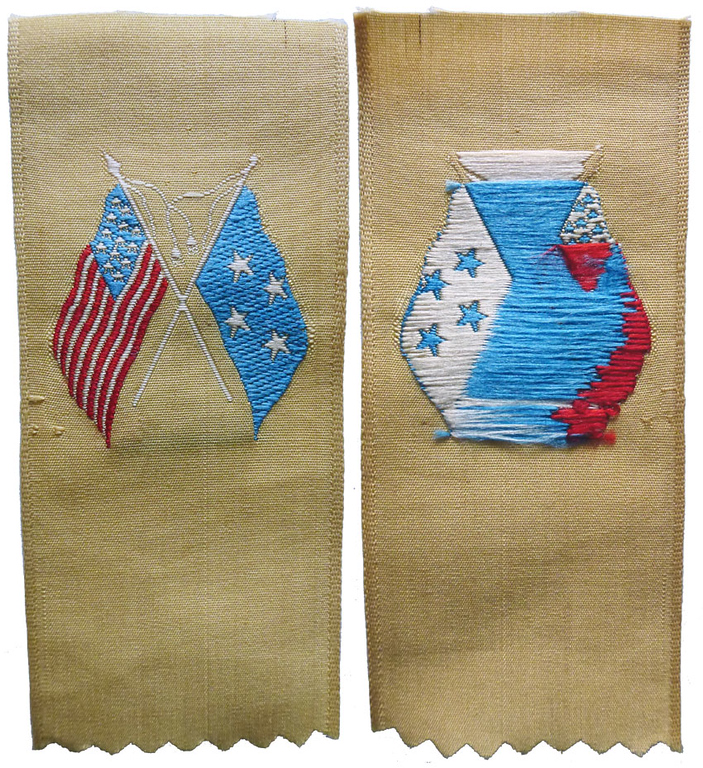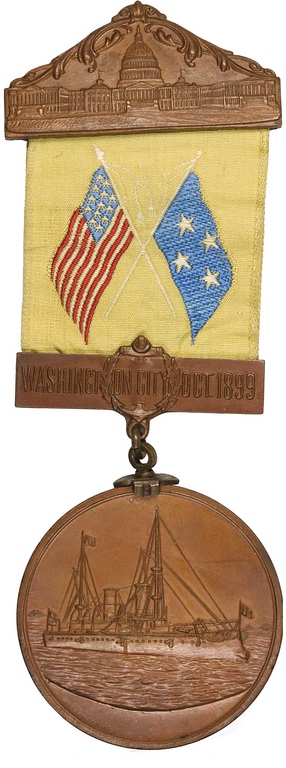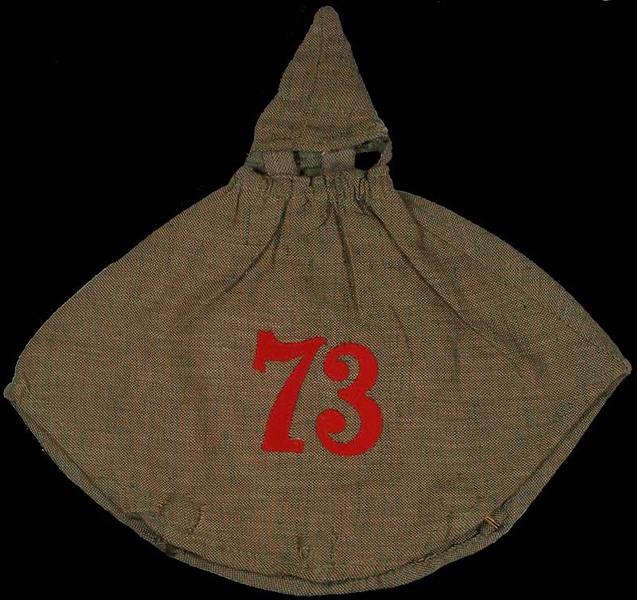chrispaulodale
Active member
Hello folks,
Our good friend Peter H posted this photo on the AHF. I thought it belonged here as it is the only time I've seen the East Asians wearing a cover, even more exciting as they have numbers on them... 5th East Asian Inf Regt.
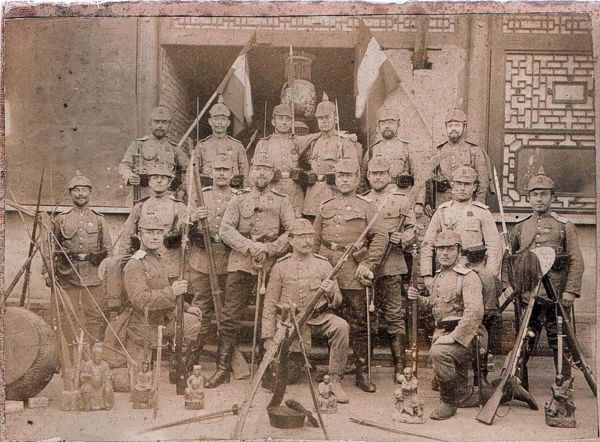
The photo is from http://www.kopfwelten.org/kp/personen/kessler/
... it's just a shame we can't blow up the photo an examine the stitching
BTW That last conversation about stitching was great to a point, but thanks Lost Skeleton for putting everyone straight with some educated thoughts!
Cheers
Chris
Our good friend Peter H posted this photo on the AHF. I thought it belonged here as it is the only time I've seen the East Asians wearing a cover, even more exciting as they have numbers on them... 5th East Asian Inf Regt.

The photo is from http://www.kopfwelten.org/kp/personen/kessler/
... it's just a shame we can't blow up the photo an examine the stitching
BTW That last conversation about stitching was great to a point, but thanks Lost Skeleton for putting everyone straight with some educated thoughts!
Cheers
Chris

